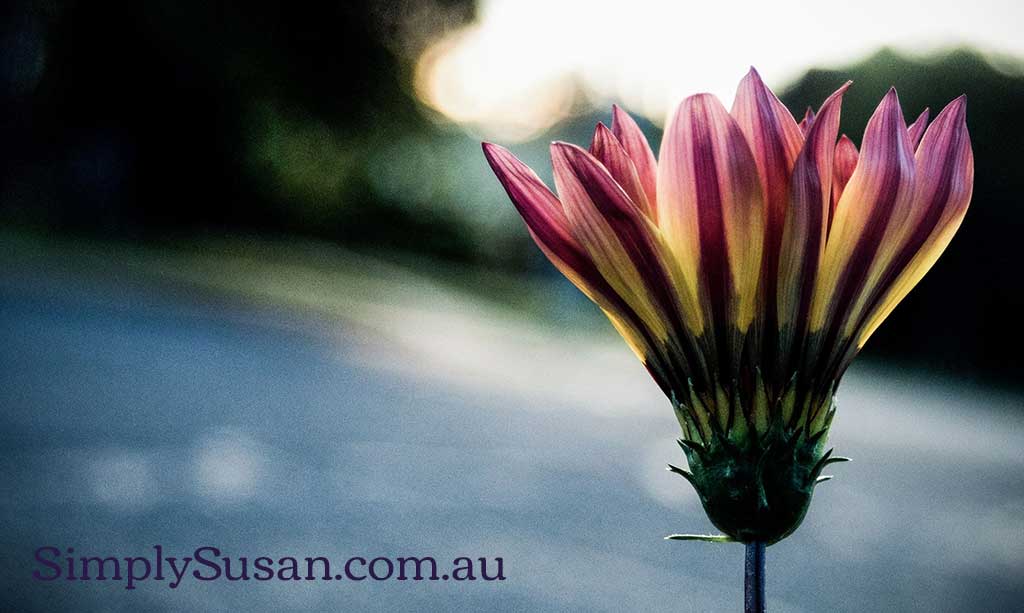Passover is the most popular Jewish holiday. The dinner celebration is called a seder. The Passover Seder is a meal with special foods, practices, and Scripture readings that commemorate the liberation from Egyptian slavery, in accordance with God’s instructions (Lev. 23:1,4, Exod. 12:14,24-27).
Seder means “order.” The seder invites each family to recount its own version of the great story of Passover with each family member actively involved. The meal induces the experience of going from slavery to liberty through the food experiences and story as the meal turns into an elaborate feast. There is no “right way” to conduct a seder.
The seder is usually a family dinner but can also be held with your family or with a church group. During the Seder, the narrative of the exodus is related and prayers of thanksgiving are offered up to God for his loving protection. The dinner table is beautifully set with fancy dishes and candles. There is a special pillow on the chair for the leader of the seder to lean on to symbolize the comfort of a free person reclining (as opposed to a slave who never rests). Orthodox Jewish tradition directs that, during Passover, meals be prepared and served using sets of utensils and dishes reserved strictly for that festival. The readings, songs, and prayers of the Seder are included in the Haggadah.
The Haggadah
The Haggadah is the prayer book used at the Seder, or ritual dinner observed at Passover. Sometimes there is a small book for each person participating in the seder. Haggadah means “telling.” The Haggadah is a “script” of what the leader and participants should say and the order of eating and drinking during each part of the meal as it tells the story of the Exodus from Egypt. The Haggadahs were not used until the eighth century a.d. before this oral tradition was used to tell the Passover story. There are over three thousand different Haggadah versions available.
We have included a Messianic Haggadah in this chapter that you may reproduce, for your family only. This Haggadah is written to be used with a family with small children. We have also included a Messianic Seder Outline so you can make your own Haggadah, if desired.
The Seder Plate
There is a special plate in front of the leader called the seder plate. The Seder consists of three directive foods listed in Exodus 12 and customary foods later added by the Rabbis. Each of the foods symbolizes some aspect of the ordeal undergone by the Israelites during their enslavement in Egypt
Foods listed in Exodus 12
- Bitter Herbs (usually horseradish) representing the bitterness of bondage
- Shank Bone of a Lamb symbolizes the lamb eaten before they fled Egypt.
- Matzah– must be made solely of special flour and water (no leaven).
Customary foods later added by the Rabbis
- Haroset (it looks unappetizing but is delicious) is a mixture of apples, nuts, grape juice, and cinnamon. It represents the mortar the Israelites used to build the Egyptian cities and the sweetness of a better world.
- Roasted Egg is said to be the symbol of life, but we believe it came in with the pagan fertility rituals (Boaz 1996). (Our family decided to leave off the egg.)
- Karpas or fresh greens (usually parsley or celery) symbolizes the new life for the Jewish people and the hyssop used to sprinkle blood on the door post. The parsley is dipped into salt water representing the tears of slavery.
| Four Questions | Four Cups | Matzah |
An excellent Passover video is available from Sojourner Ministries. You can view a clip online. Click The Unleavened Messiah Video
If you think these articles were interesting you haven’t seen anything yet! Wouldn’t you like to have all this information fully illustrated at your fingertips in one volume? All of the REALLY GOOD stuff is in the book…
Click to Order the A Family Guide to the Biblical Holidays or Order Electronic Files and Begin Reading Today!





Thanks so much 🙂 We have just sewn up some Passover costumes for the kids this year and they are so excited. I really appreciated what you shared.
Love and blessings,
Lusi x